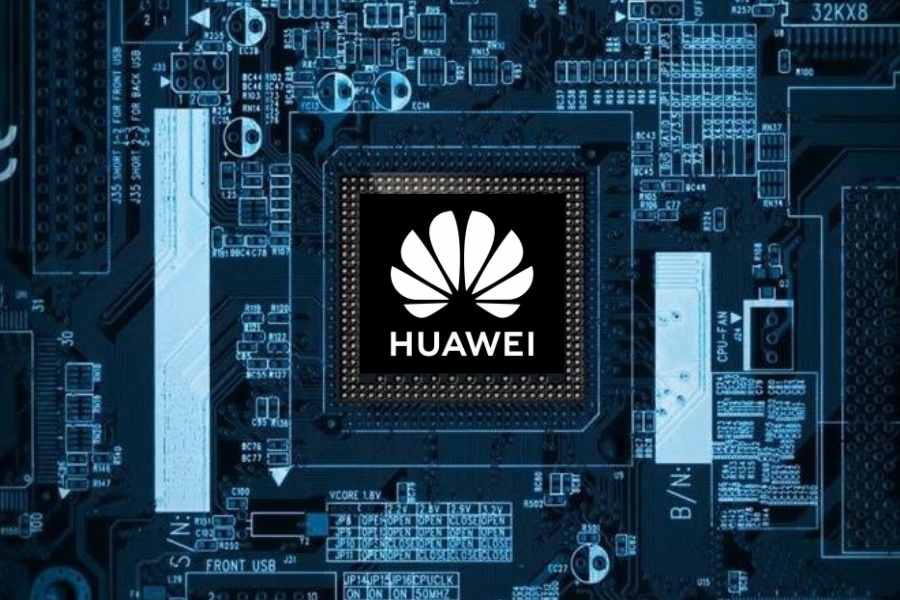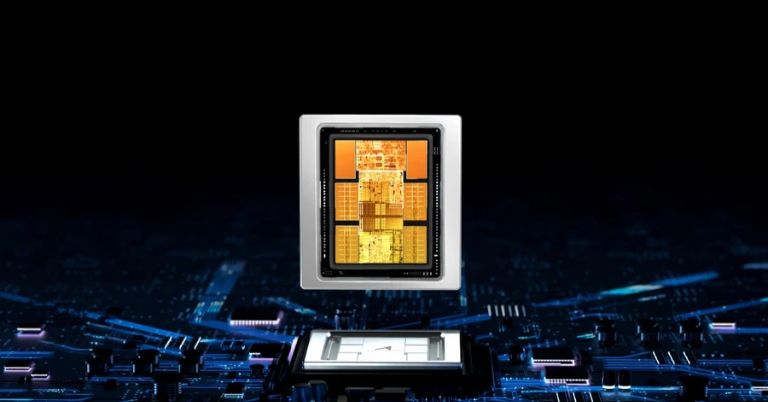No headings found
Despite ongoing U.S. sanctions and limited access to cutting-edge semiconductor equipment, Huawei is charging ahead with its 3nm chip development plans. In collaboration with domestic foundry SMIC, and through the use of alternative lithography and pioneering materials, Huawei is seeking to close the gap with global chip leaders like TSMC and Samsung. Let's get into the depths of this big news.
Huawei targets 3nm mass production without EUV
The U.S. has stopped Chinese companies from buying advanced EUV machines from the Dutch company ASML. Because of this, Huawei and SMIC are using older DUV machines combined with complicated multi-patterning techniques like self-aligned quadruple patterning (SAQP). This way can make detailed chips, but it’s more expensive and less efficient, leading to lower production yields compared to using EUV machines.

Still, Huawei reached an important milestone by releasing the Kirin X90 chip, which they designed themselves, and SMIC made using DUV and advanced packaging. Although it’s called a 5nm chip, it’s closer to 7nm in size but performs as well as 5nm chips from other companies. Encouraged by this, Huawei has started research and development for real 3nm chips, planning to finish the design by 2025 and possibly start mass production by 2026 or 2027, depending on how the technology develops.
- Also, read:
Pushing boundaries with GAA and novel materials
Huawei is working on next-generation chips using two main approaches. The first uses Gate-All-Around (GAA) transistors, a modern design also used by Samsung and TSMC for 3nm chips. GAA transistors use less power and reduce leakage, which helps make chips faster and more efficient.
The second approach is more experimental and uses carbon nanotube materials instead of traditional silicon. These new materials could make chips perform better and use less energy. Huawei has already tested carbon nanotube chips in the lab and is working on making them with SMIC’s factories. Although this technology is still new, it shows Huawei’s goal to overcome current limits and develop advanced chips beyond today’s silicon technology.
What’s next for Huawei?
Huawei’s effort to make 3nm chips without access to important EUV tools shows both smart problem-solving and how important semiconductor independence is for China. With creative solutions, government help, and a focus on new technologies, Huawei is preparing to compete with the top chip makers. If their two-part plan of using GAA designs and carbon nanotube materials works, Huawei could change the global chip industry and prove that innovation can overcome big challenges.
- Meanwhile, watch our Snapdragon 8 Elite vs A18 Pro vs Dimensity 9400 comparison video:
Article Last updated: June 4, 2025









